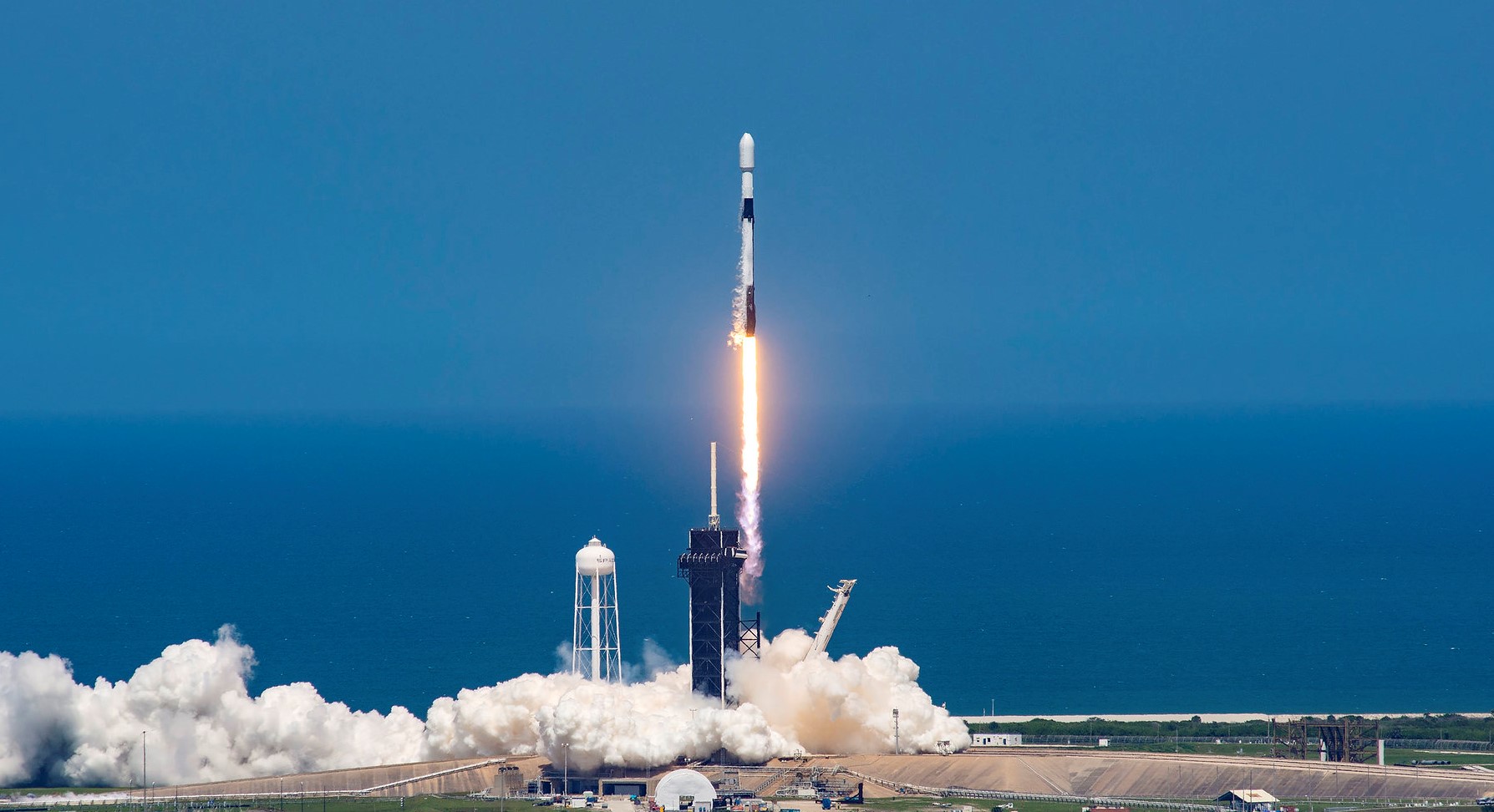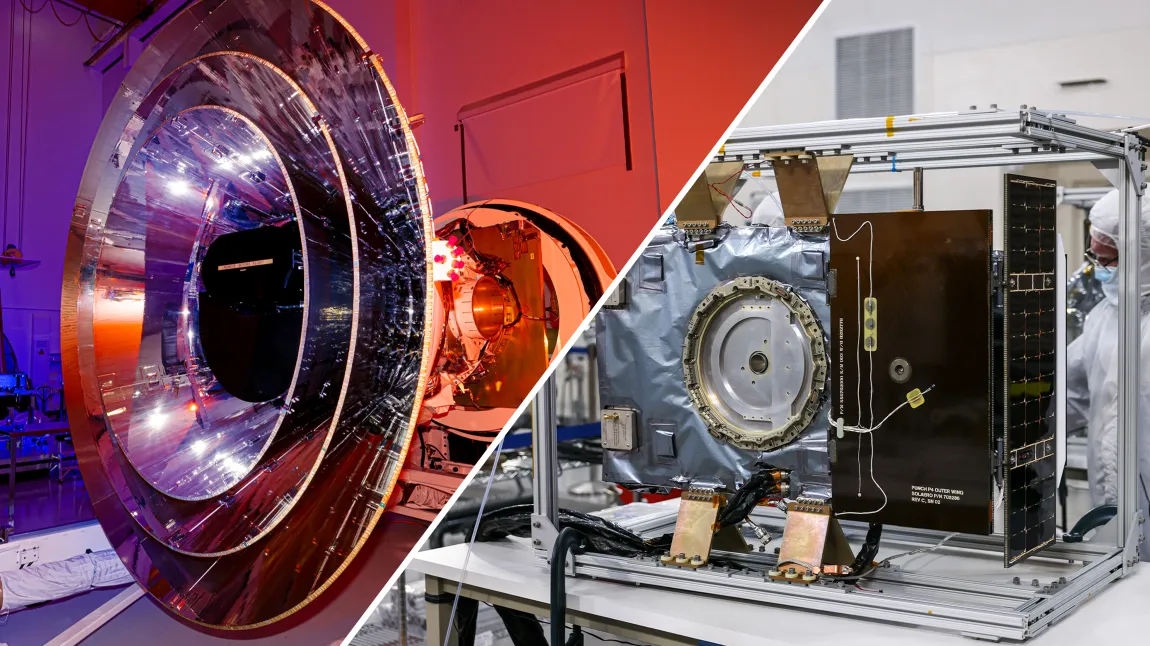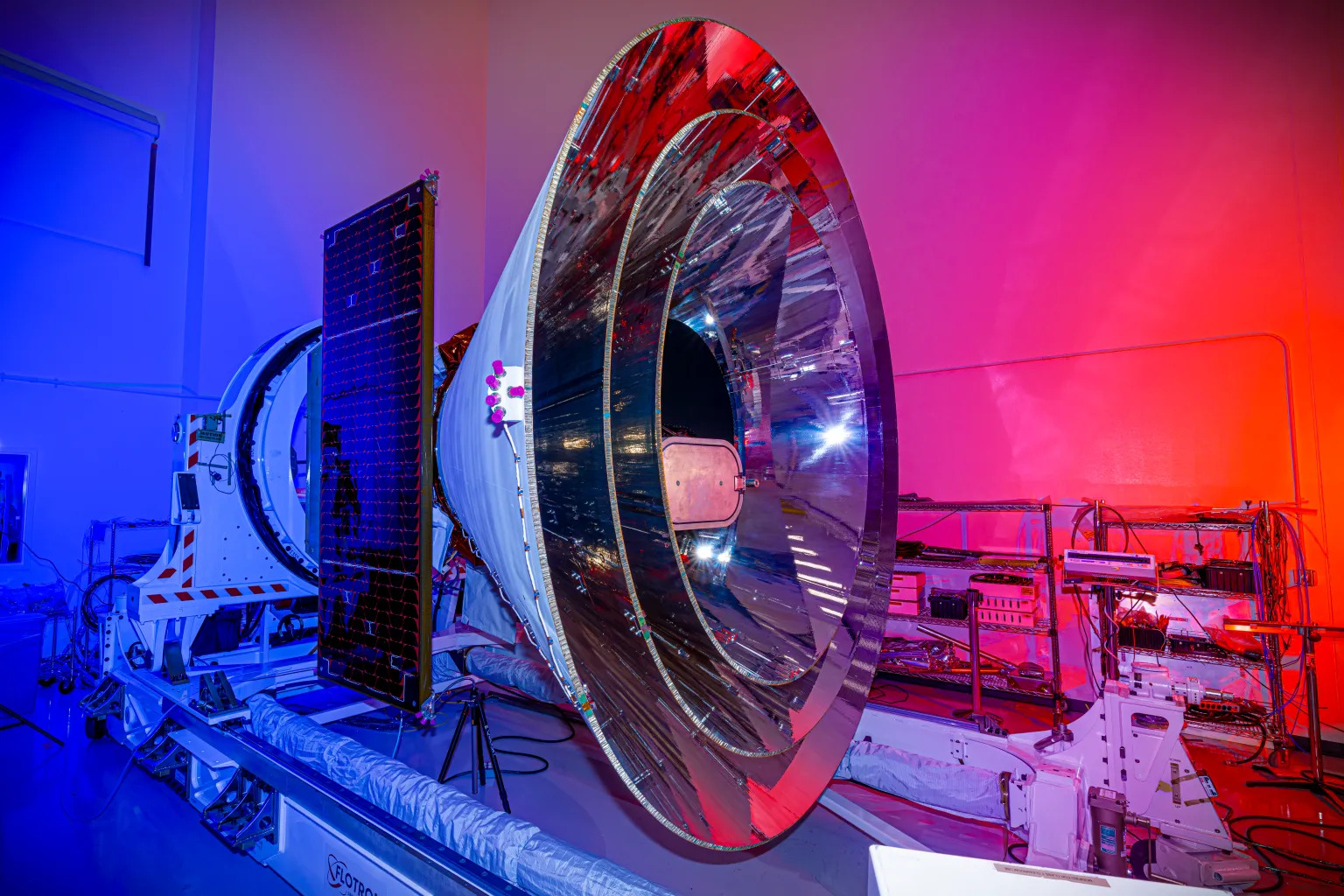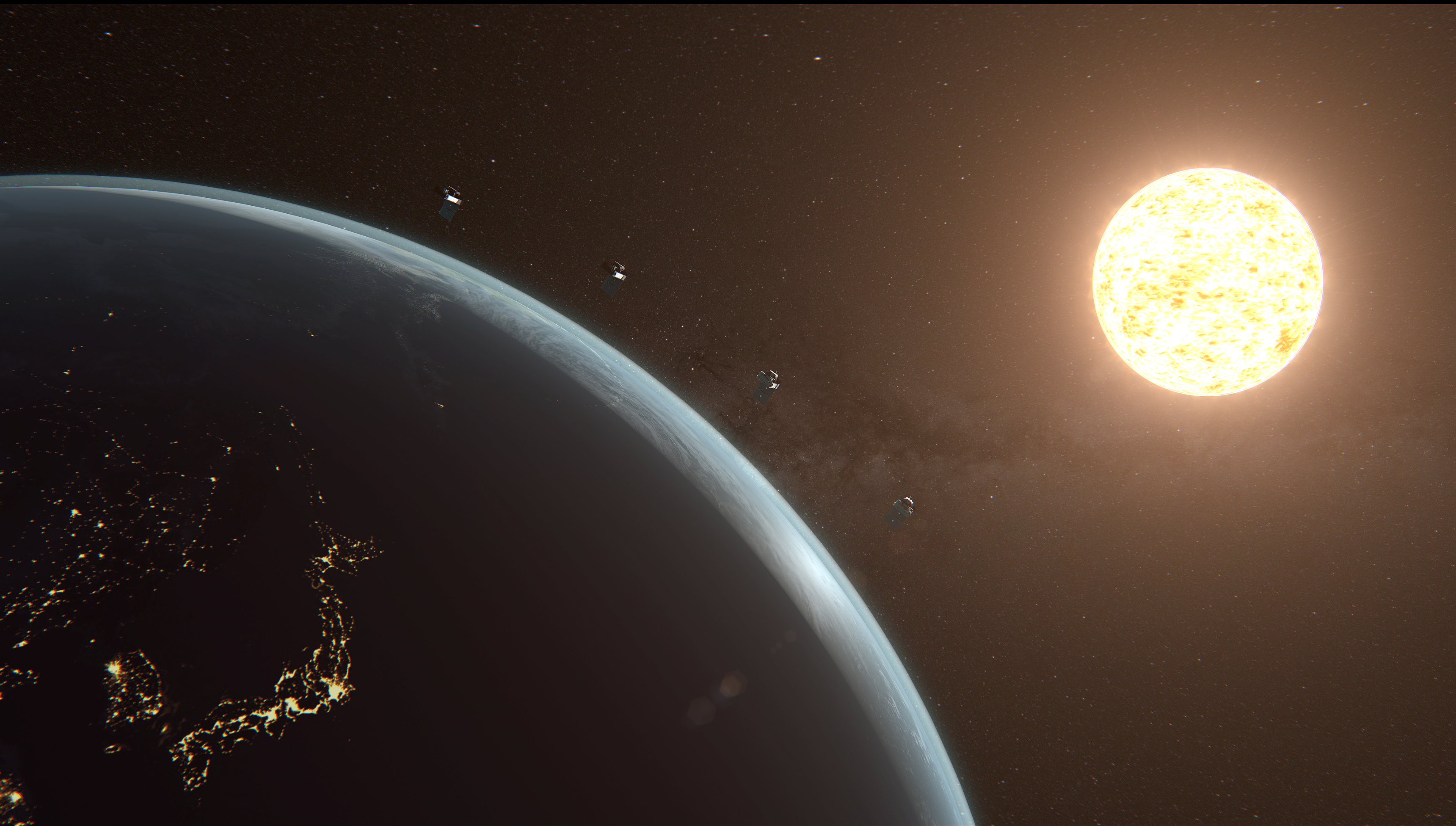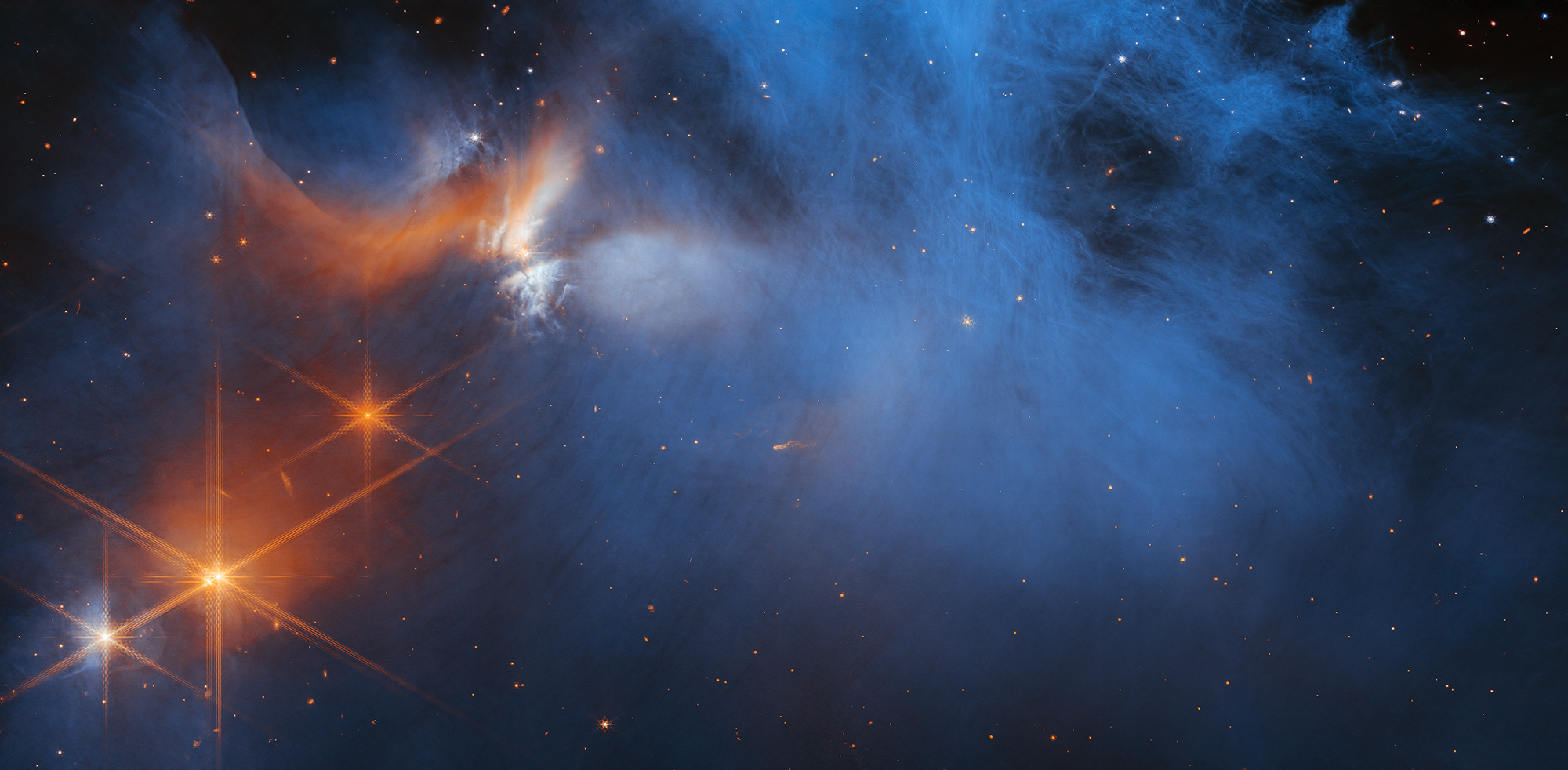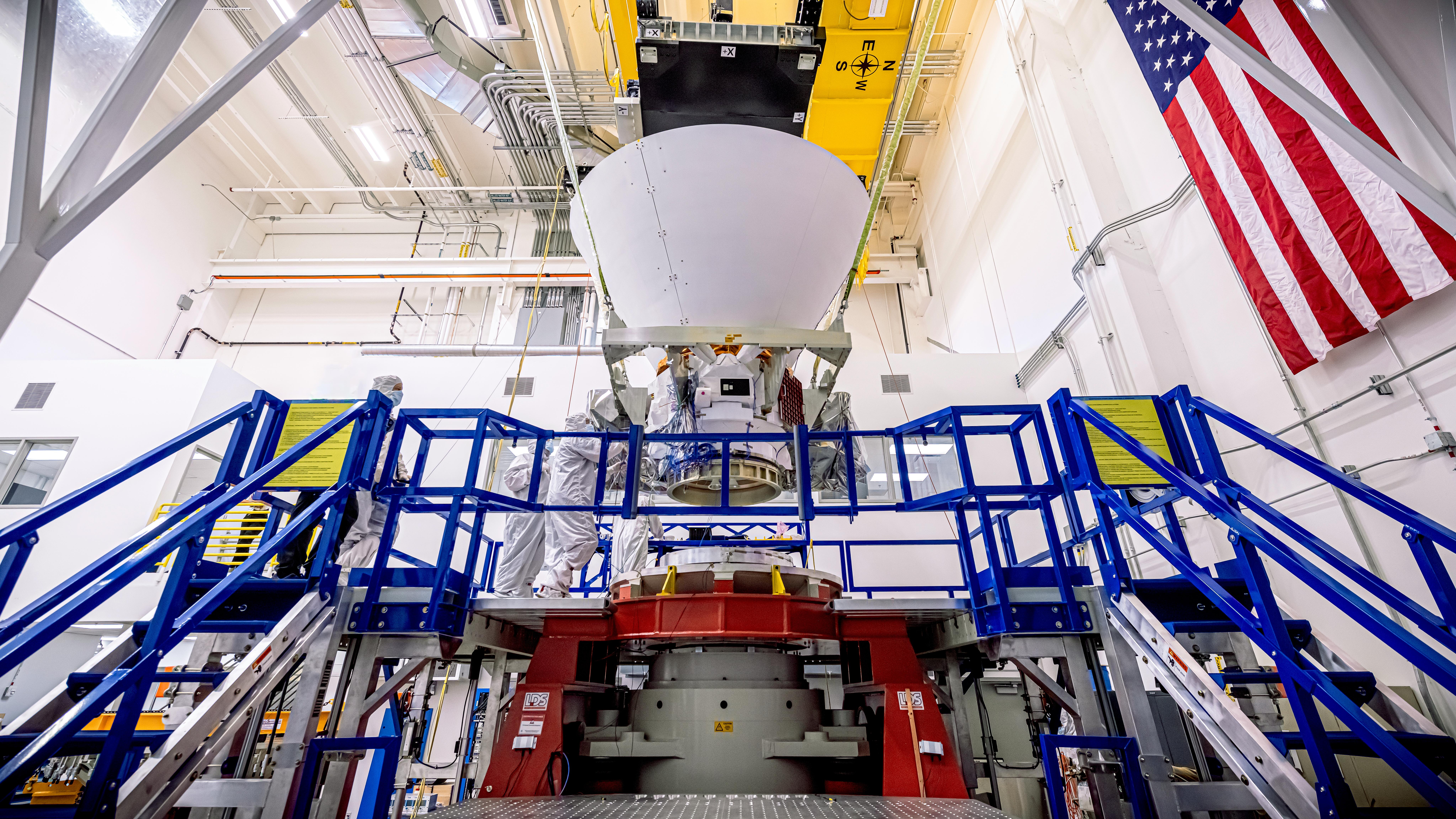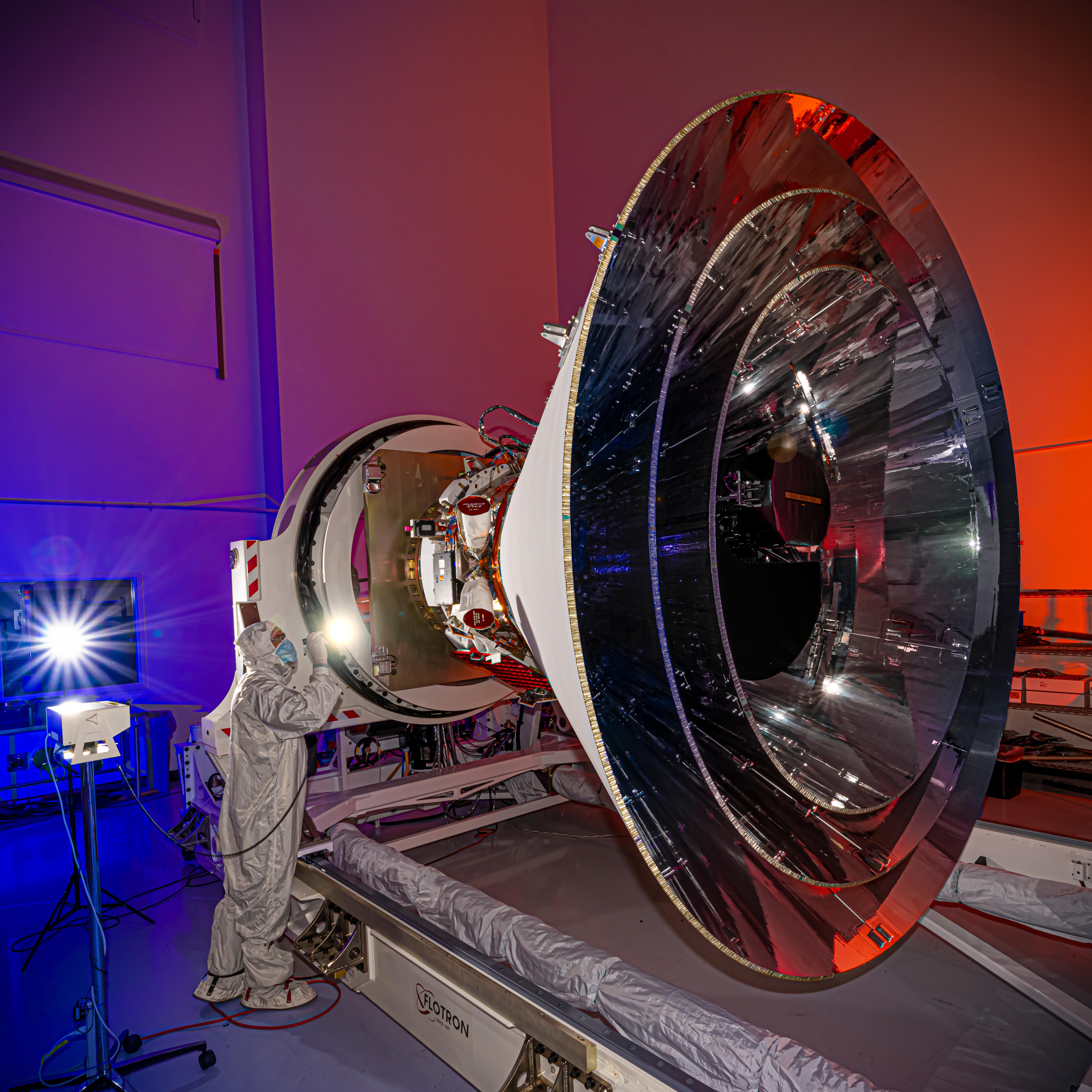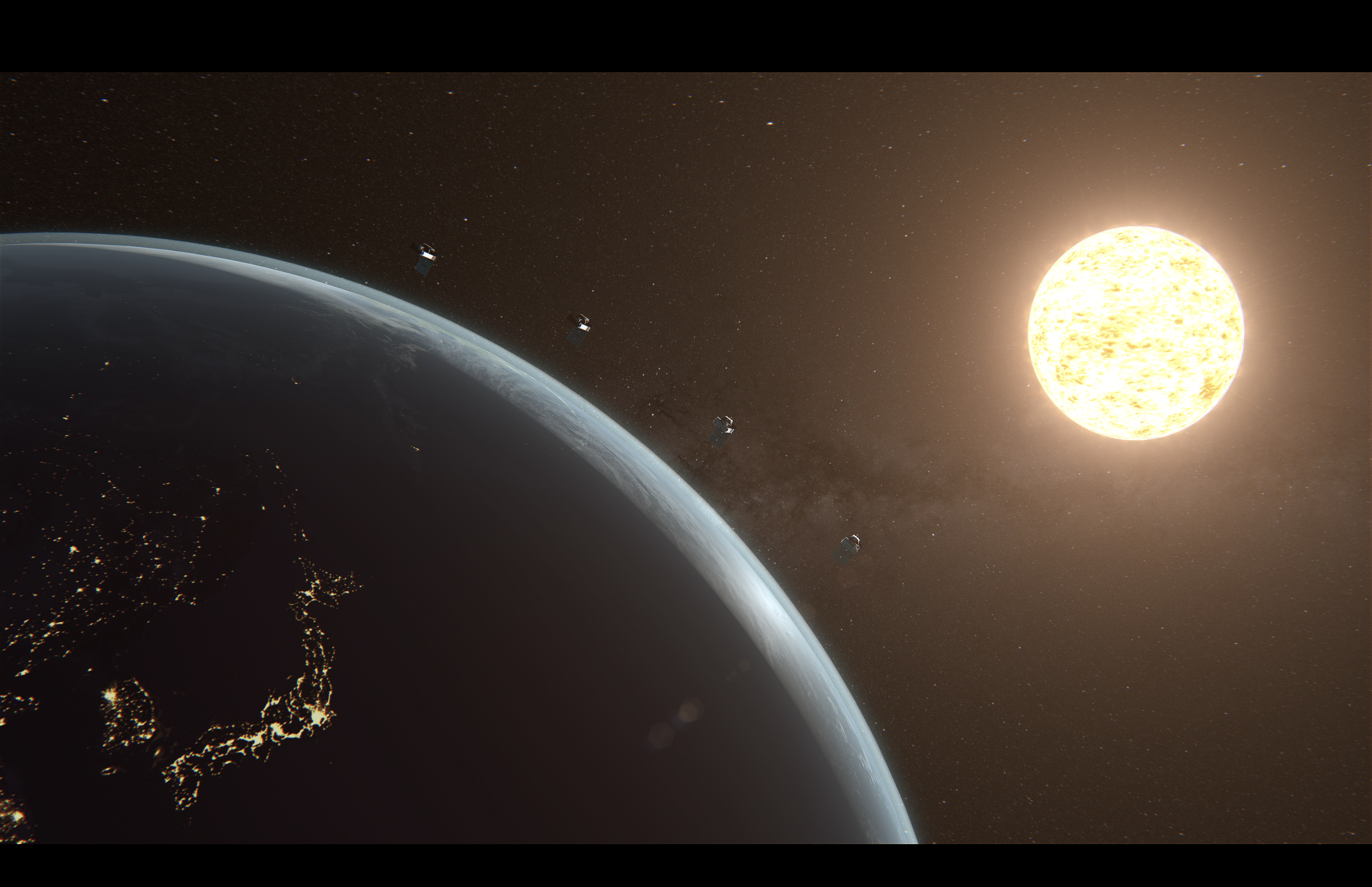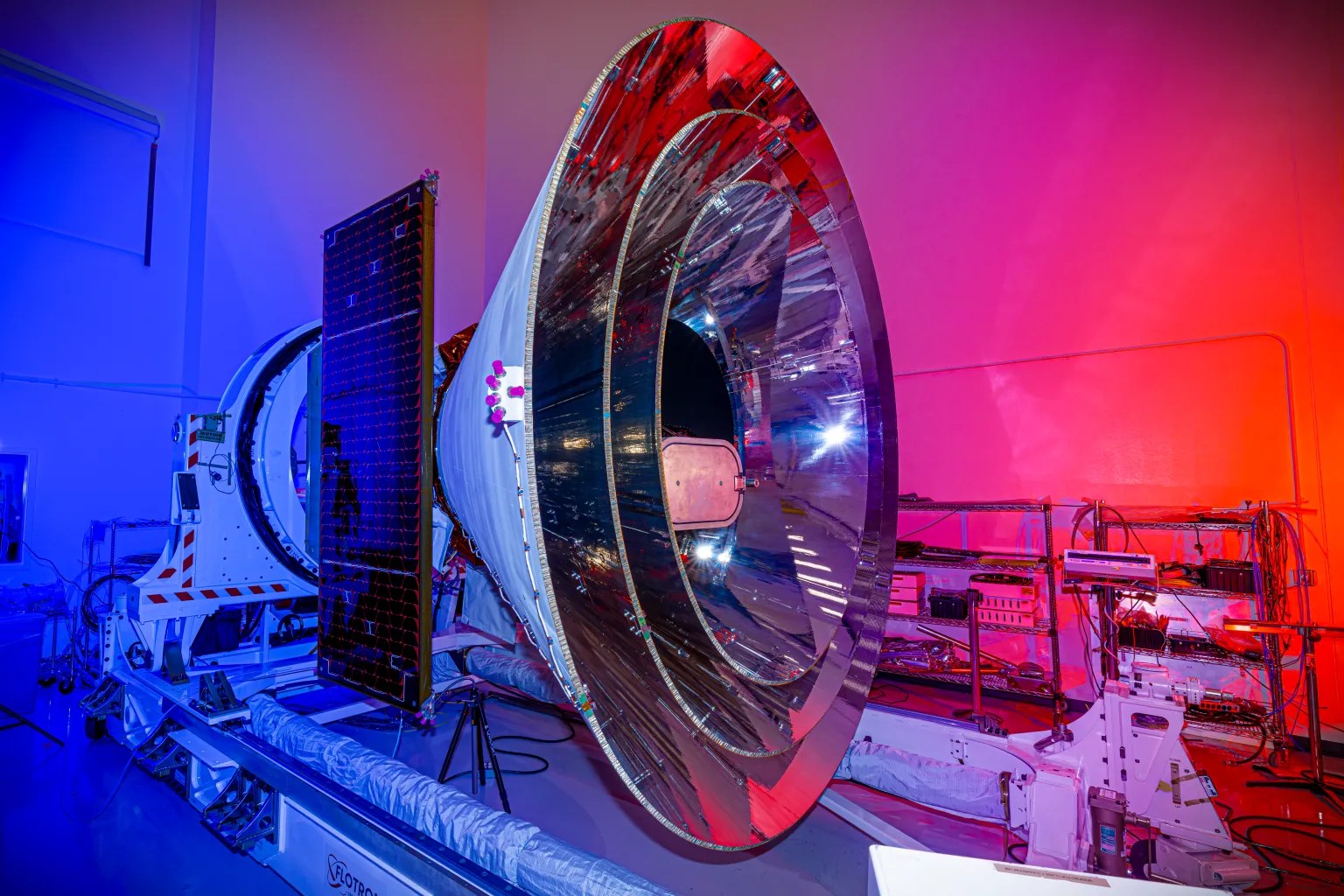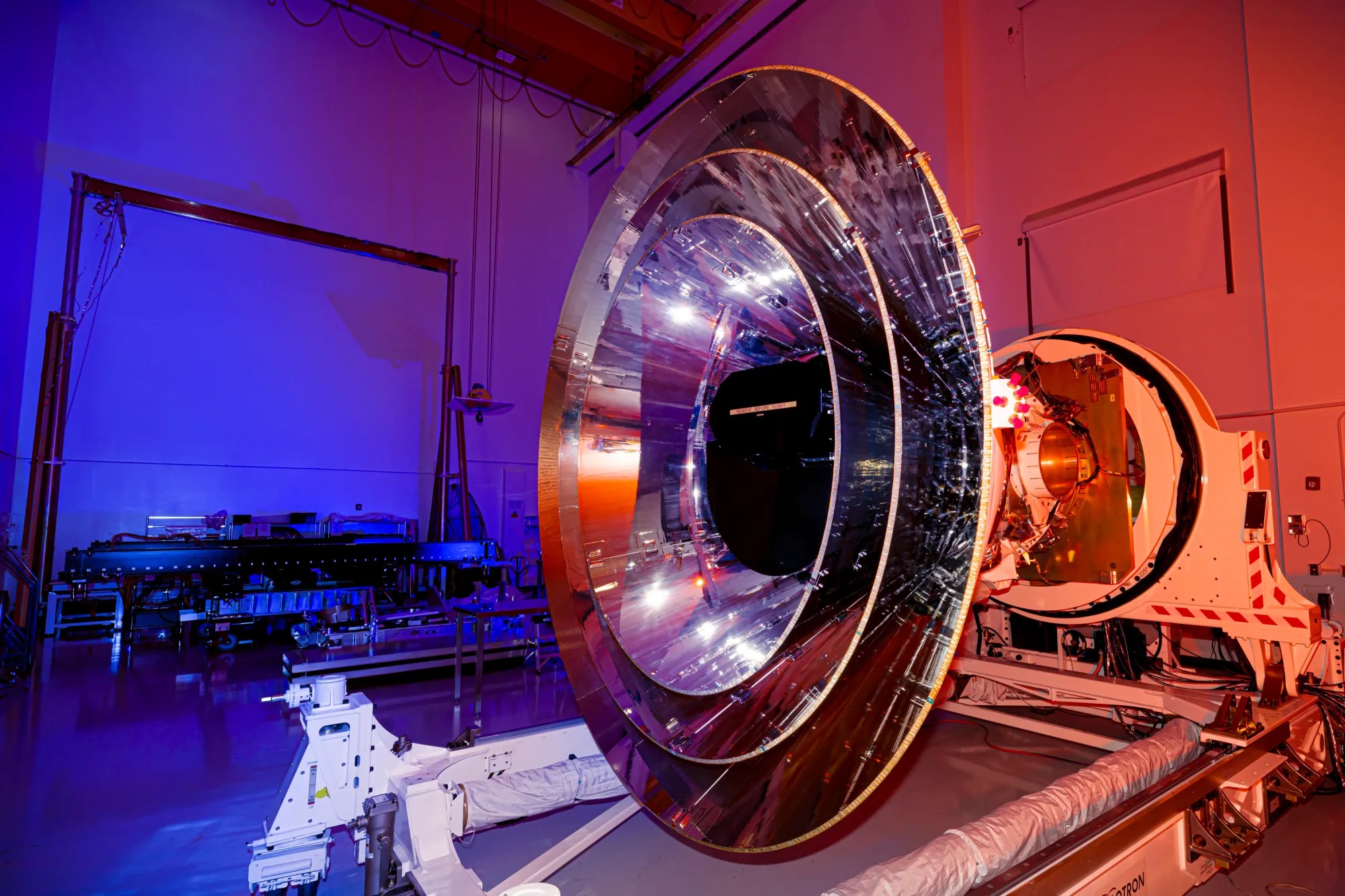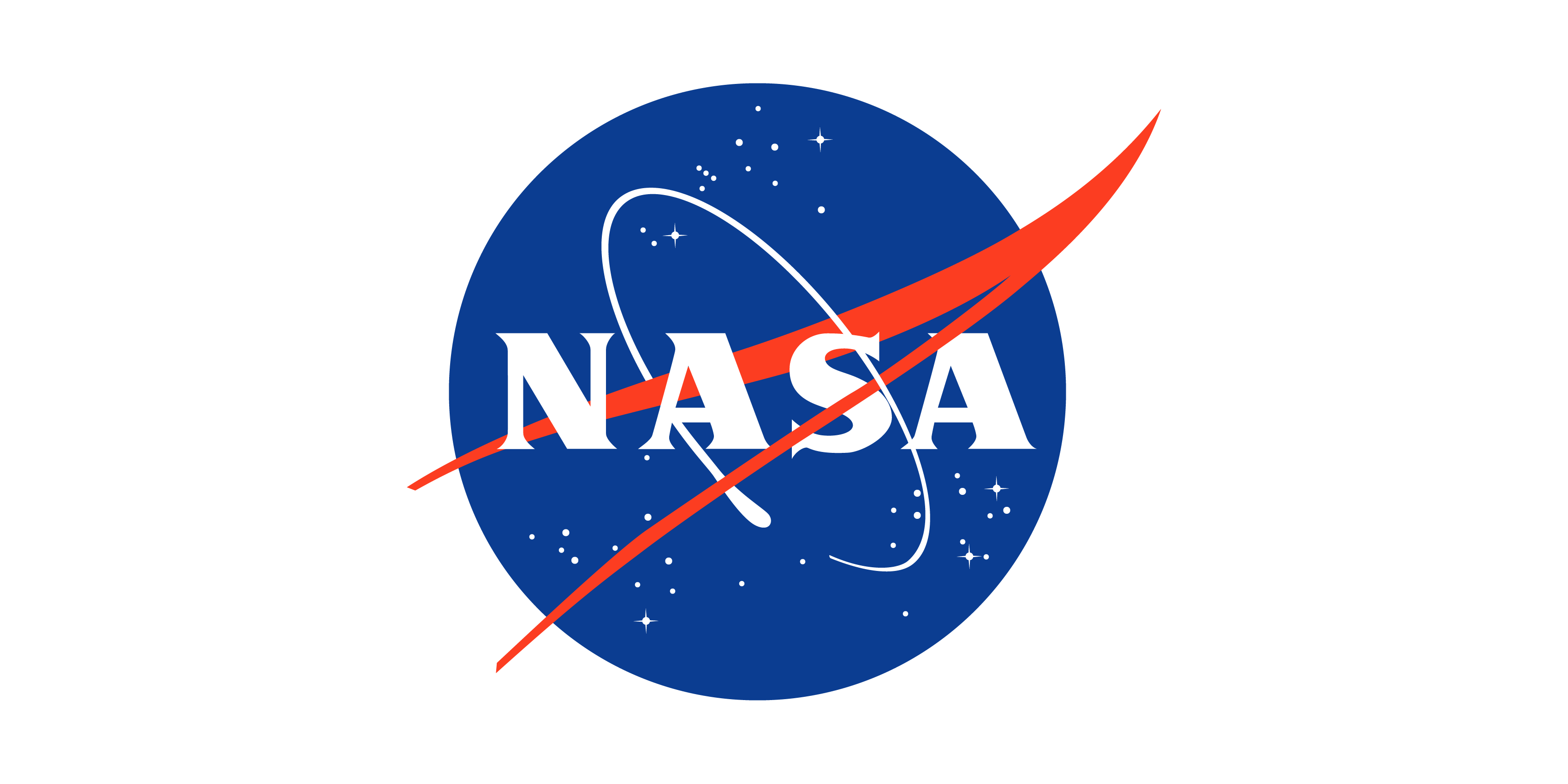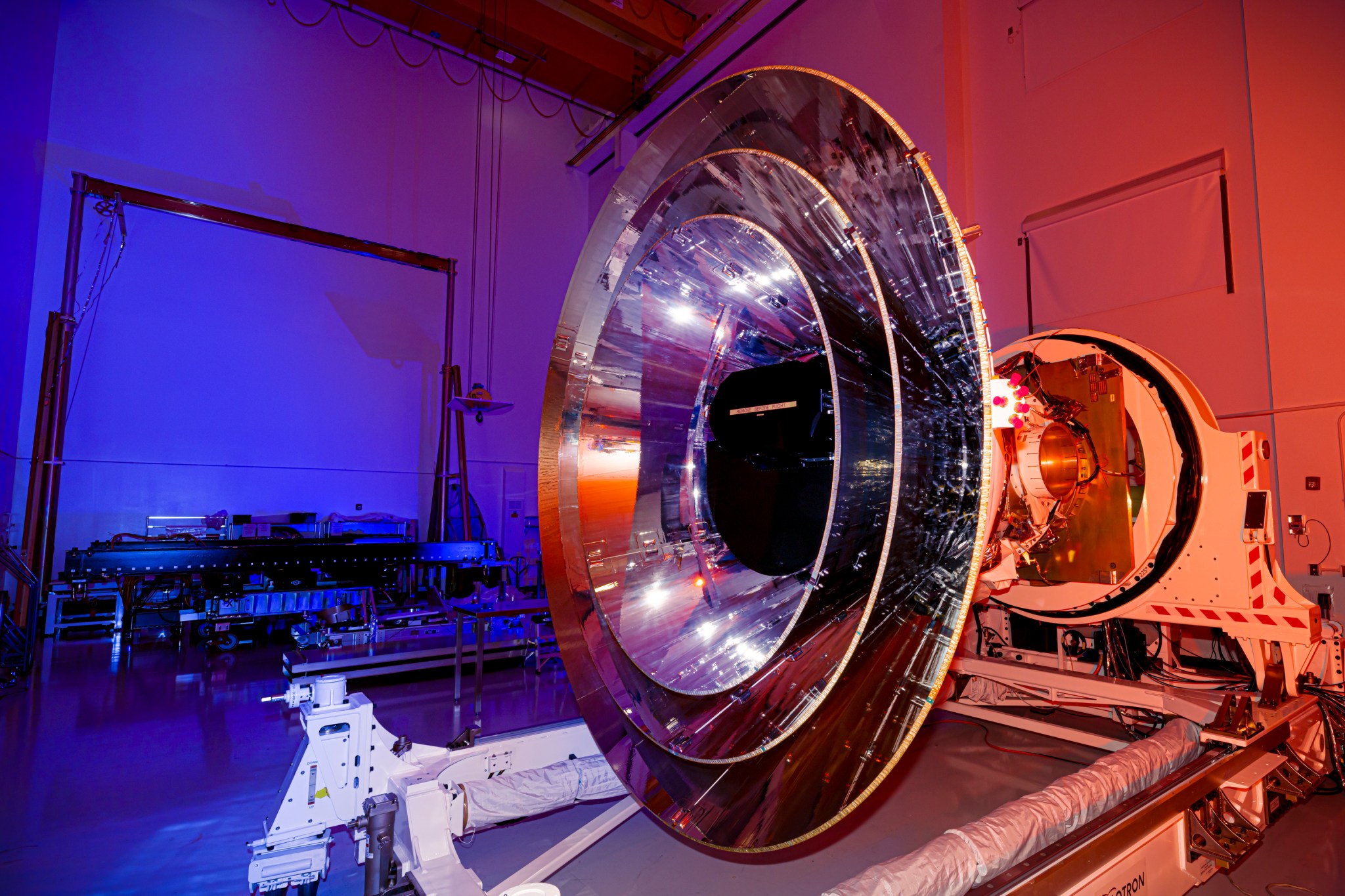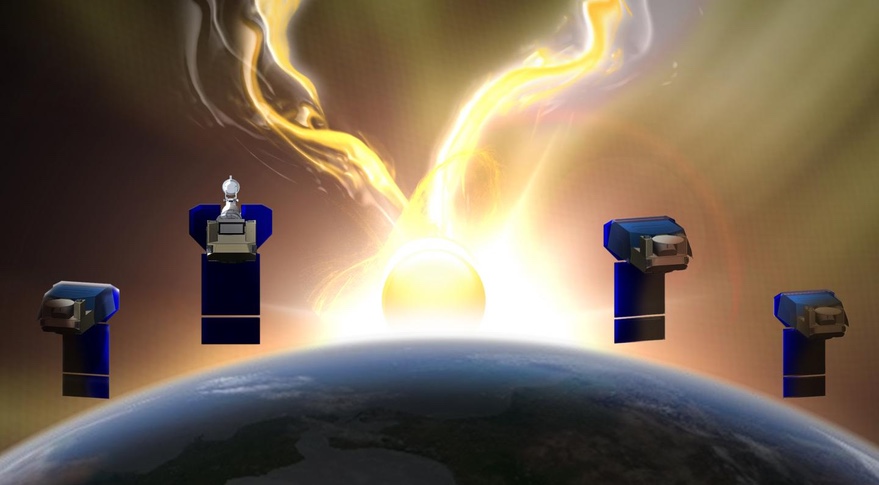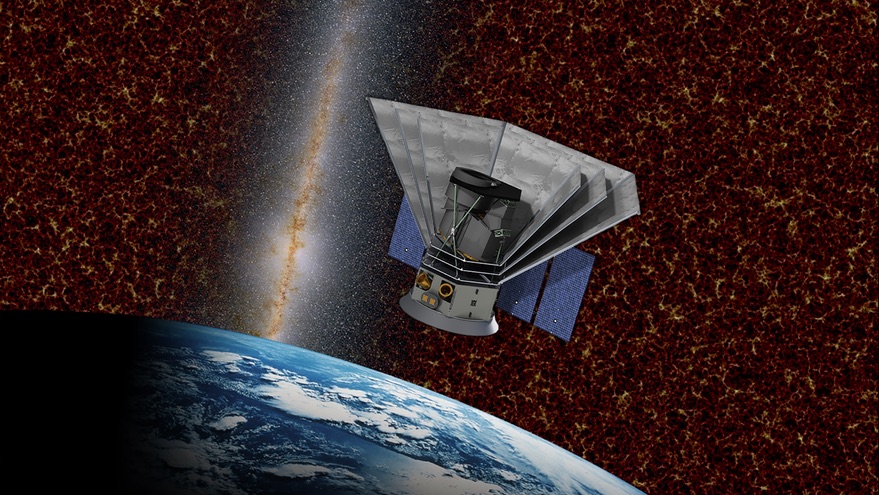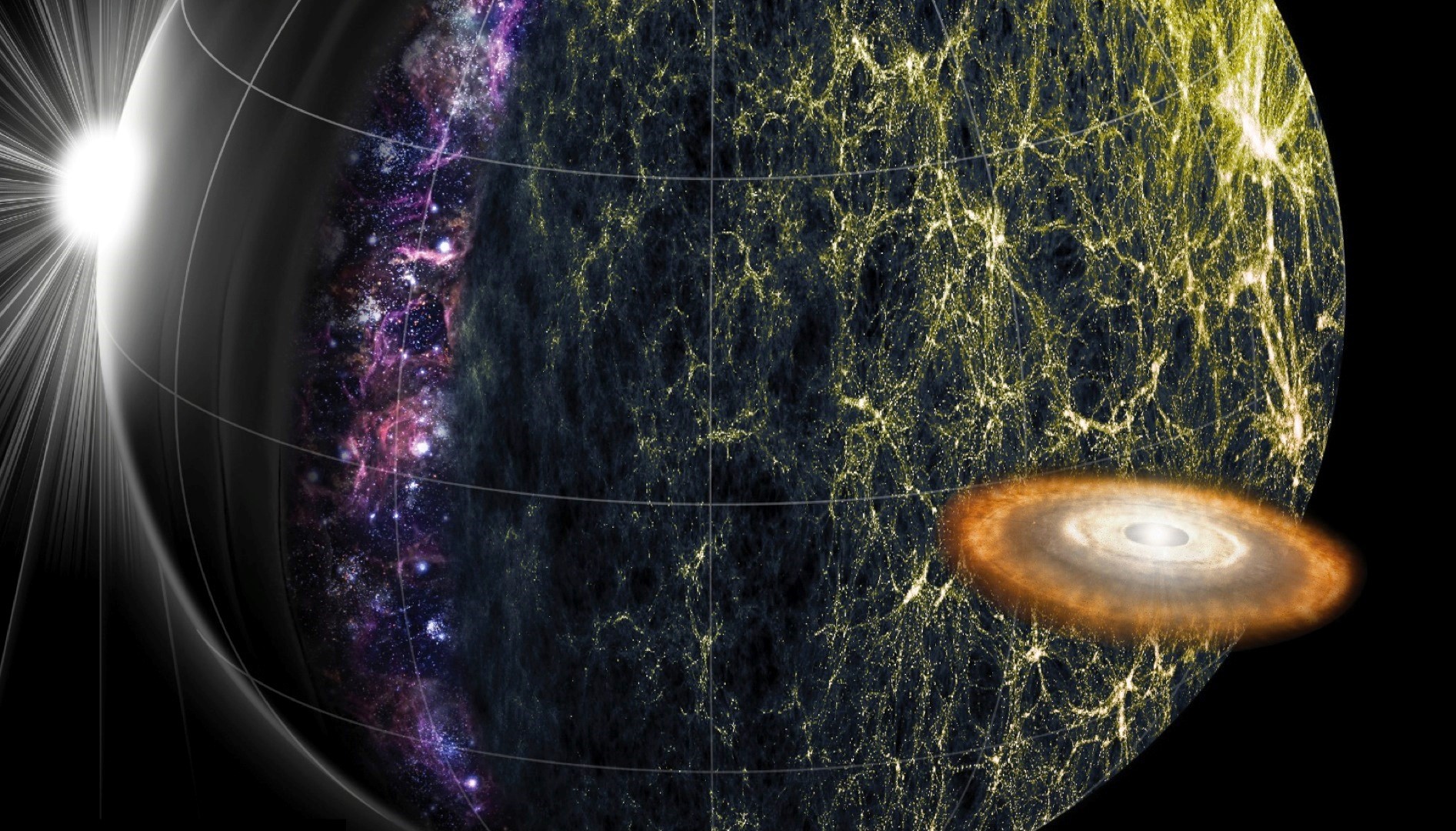Falcon 9 Block 5 | SPHEREx & PUNCH
Space Launch Complex 4E
Vandenberg SFB, CA, USA
T?
--
Days
:
--
Hours
:
--
Mins
:
--
Secs
Date Loading...
SpaceX
Space Exploration Technologies Corp., known as SpaceX, is an American aerospace manufacturer and space transport services company headquartered in Hawthorne, California. It was founded in 2002 by entrepreneur Elon Musk with the goal of reducing space transportation costs and enabling the colonization of Mars. SpaceX operates from many pads, on the East Coast of the US they operate from SLC-40 at Cape Canaveral Space Force Station and historic LC-39A at Kennedy Space Center. They also operate from SLC-4E at Vandenberg Space Force Base, California, usually for polar launches. Another launch site is being developed at Boca Chica, Texas.
SPHEREx & PUNCH
SPHEREx is a planned two-year astrophysics mission to survey the sky in the near-infrared light, which, though not visible to the human eye, serves as a powerful tool for answering cosmic questions involving the birth of the universe, and the subsequent development of galaxies. It also will search for water and organic molecules – essentials for life as we know it – in regions where stars are born from gas and dust, known as stellar nurseries, as well as disks around stars where new planets could be forming. Astronomers will use the mission to gather data on more than 300 million galaxies, as well as more than 100 million stars in our own Milky Way galaxy. NASA’s Polarimeter to Unify the Corona and Heliosphere (PUNCH) mission will share a ride to space with SPHEREx. It consists of four suitcase-sized satellites, which will focus on the Sun’s outer atmosphere (the corona) and how it generates the solar wind. The spacecraft also will track coronal mass ejections – large eruptions of solar material that can drive large space weather events near Earth – to better understand their evolution and develop new techniques for predicting such eruptions.
Falcon 9 Block 5
Height 70.00 Meters
Max Stages 2
Mass To GTO 8300 kg
Liftoff Thrust 7607 kN
Diameter 3.65 Meters
Mass To LEO 22800 kg
Liftoff Mass 549 Tonnes
Launch Success 381
Consecutive Success 84
Maiden Flight 2018-05-11
Launch Failures 1
Core
Serial B1088
Status active
Flight Proven Yes
Flights 2
Landing Attempt Yes
Landing Success Unknown
Type RTLS
Location LZ-4
Updates
hitura-nobad
2025-02-20T19:00:00+0000
Delayed by 1 day to March 1st.
Cosmic_Penguin
2025-01-31T18:21:00+0000
Updated launch date and time.
Cosmic_Penguin
2025-01-24T00:18:00+0000
NET February 27.
Cosmic_Penguin
2024-12-02T18:56:00+0000
NET February.
Cosmic_Penguin
2024-11-12T15:00:00+0000
NET April 2025.
hitura-nobad
2024-10-28T12:30:00+0000
Reverting to NET 2025
Cosmic_Penguin
2024-09-22T18:15:00+0000
NET 27 February 2025.
Nosu
2022-08-19T07:13:46+0000
NET April 2025, adding rideshare payload
Nosu
2022-06-24T11:55:34+0000
NET February 2025
Nosu
2021-02-04T22:05:14+0000
Added launch
Related Events
SPHEREx and PUNCH Pre-Launch News Conference
T?
SPHEREx and PUNCH Prelaunch News Conference - Mark Clampin, acting deputy associate administrator, Science Mission Directorate, NASA Headquarters - David Cheney, PUNCH program executive, NASA Headquarters - James Fanson, SPHEREx project manager, NASA’s Jet Propulsion Laboratory - Denton Gibson, launch director, NASA’s Launch Services Program - Julianna Scheiman, director, NASA Science Missions, SpaceX - U.S. Air Force 1st Lt. Ina Park, 30th Operations Support Squadron launch weather officer
SPHEREx and PUNCH Science Overview News Conference
T?
SPHEREx and PUNCH Science Overview News Conference - Shawn Domagal-Goldman, acting director, Astrophysics Division, NASA Headquarters - Joe Westlake, director, Heliophysics Division, NASA Headquarters - Nicholeen Viall, PUNCH Mission Scientist, NASA’s Goddard Space Flight Center - Rachel Akeson, SPHEREx science data center lead, Caltech/IPAC - Phil Korngut, SPHEREx instrument scientist, Caltech
SPHEREx Live Q+A
T?
Q+A with experts from the mission, both at Vandenberg Space Force Base and NASA's Jet Propulsion Laboratory in California. You'll hear from: - Jenn Rocca, SPHEREx project systems engineer, JPL - Phil Korngut, SPHEREx instrument scientist and inflation scientist, Caltech
NASA PUNCH Media Teleconference
T?
NASA will hold a media teleconference to share information about the agency’s upcoming PUNCH (Polarimeter to Unify the Corona and Heliosphere) mission, which is targeted to launch no earlier than Thursday, Feb. 27. The agency’s PUNCH mission is a constellation of four small satellites. When they arrive in low Earth orbit, the satellites will make global, 3D observations of the Sun’s outer atmosphere, the corona, and help NASA learn how the mass and energy there become solar wind. By imaging the Sun’s corona and the solar wind together, scientists hope to better understand the entire inner heliosphere – Sun, solar wind, and Earth – as a single connected system.
NASA SPHEREx Preview News Conference
T?
NASA will host a news conference to discuss a new telescope that will improve our understanding of how the universe evolved and search for key ingredients for life in our galaxy. Agency experts will preview NASA’s SPHEREx (Spectro-Photometer for the History of the Universe, Epoch of Reionization and Ices Explorer) mission, which will help scientists better understand the structure of the universe, how galaxies form and evolve, and the origins and abundance of water.
Related News
2025-02-13T16:27:48+0000
NASA
NASA’s SPHEREx Space Telescope Will Seek Life’s Ingredients
2025-01-31T16:56:35+0000
NASA
6 Things to Know About SPHEREx, NASA’s Newest Space Telescope
2025-01-30T20:36:28+0000
NASA
SPHEREx’s Concentric Cones
2025-01-29T21:00:29+0000
NASA
NASA Invites Media to Discuss PUNCH Mission to Study Solar Wind
2025-01-28T15:38:06+0000
NASA
NASA’s PUNCH Mission Tests Solar Arrays Before Launch
2025-01-27T21:37:09+0000
NASA
NASA to Preview Sky-Mapping Space Telescope Ahead of Launch
2025-01-23T17:55:52+0000
NASA
NASA JPL Prepping for Full Year of Launches, Mission Milestones
2025-01-13T18:03:06+0000
NASA
NASA Invites Media to Launch of Cosmic Origins, Solar Wind Missions
2024-12-10T00:00:00+0000
Jet Propulsion Laboratory
NASA Eyes Launching SPHEREx Sky-Mapping Mission in Early 2025
2024-11-12T12:19:05+0000
SpaceNews
SPHEREx remains on track after reaction wheel issue
2024-10-31T14:59:17+0000
NASA
Why NASA’s SPHEREx Mission Will Make ‘Most Colorful’ Cosmic Map Ever
2022-08-07T03:35:09+0000
SpaceNews
NASA heliophysics smallsats to share launch with astrophysics mission
2021-02-05T12:23:41+0000
SpaceNews
SpaceX to launch NASA astrophysics mission
2021-02-05T09:14:10+0000
Teslarati
SpaceX teams up with NASA to launch a galaxy-mapping space telescope
2021-02-04T21:43:00+0000
NASA
